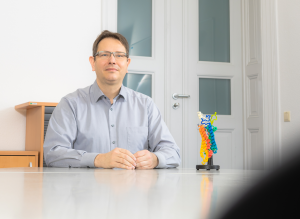Keynote: Jens Meiler
Bio: Jens Meiler studied Chemistry at Leipzig University in Germany before he obtained his PhD working in the laboratory of Christian Griesinger at the Goethe University in Frankfurt developing new computational methods for biomolecular NMR spectroscopy. In 2001 he moved to Seattle to work with David Baker creating the protein modeling software Rosetta. In 2005 he joined the faculty at Vanderbilt University. In his research, Dr. Meiler fuses computational and experimental efforts to investigate proteins, the fundamental molecules of biology, and their interactions with small molecule substrates, therapeutics, or probes. He develops computational methods with three major ambitions in mind: to enable protein structure elucidation of membrane proteins, design proteins with novel structure and/or function, and understand the relation between chemical structure and biological activity for drug-like small molecules. Jens Meiler received several honors including the Chancellor Faculty Award at Vanderbilt University and the Friedrich-Wilhelm-Bessel Award of the Humboldt Foundation. In January 2020, with an Alexander von Humboldt Professorship, Jens Meiler became director of the newly founded Institute for Drug Discovery at Leipzig University. Simultaneously, he continues in his role as Professor at Vanderbilt University. His research team consists of around 60 undergraduate, graduate, and post-graduate students as well as staff scientists. He co-authored more than 350 peer-reviewed publications (Citations >20 000, H-index >70).
Talk: The Role of Visualization in Structural Biology and Drug Discovery
Capstone: Alexandru Telea
Bio: Alexandru Telea is Professor of Visual Data Analytics at the Department of Information and Computing Sciences, Utrecht University. He holds a PhD from Eindhoven University and has been active in the visualization field for over 25 years. He has been the program co-chair, general chair, or steering committee member of several conferences and workshops in visualization, including EuroVis, VISSOFT, SoftVis, and EGPGV. His main research interests cover unifying information visualization and scientific visualization, high-dimensional visualization, and visual analytics for machine learning. He is the author of the textbook “Data Visualization: Principles and Practice” (CRC Press, 2014).
Talk: Seeing is learning in high dimensions
Abstract: Multidimensional projections (MPs) are one of the techniques of choice for visually exploring large high-dimensional data. In parallel, machine learning (ML) and in particular deep learning applications are one of the most prominent generators of large, high-dimensional, and complex datasets which need visual exploration. In this talk, I will explore the connections, challenges, and potential synergies between these two fields.These involve “seeing to learn”, or how to deploy MP techniques to open the black box of ML models, and “learning to see”, or how to use ML to create better MP techniques for visualizing high-dimensional data.
Specific questions I will cover include selecting suitable MP methods from the wide arena of such available techniques; using ML to create faster and simpler to use MP methods; assessing projections from the novel perspectives of stability and ability to handle time-dependent data; extending the projection metaphor to create dense representations of classifiers; and using projections not only to explain, but also to improve, ML models.


